Interview with Sergey Kryzhevich, Belarus Republic national community-led NGO “Your chance”.
In 2021 “Your chance” implemented a small grant within “We Will Not End AIDS Without Harm Reduction” project framework
What violations of the rights of people who use drugs related to the Covid-19 situation have you registered during the pandemic?
There were cases of denial of access to opioid substitution therapy (OST) drugs for self-isolating clients in certain regions (for example, Brest). Also, in some cities, there were cases of refusal to deliver OST drugs to the clients of the program, who were hospitalized with Covid-19 or other diseases, especially if the hospital was “red-zoned”. There were issues with adjusting the dosage, for example, when transitioning from methadone or buprenorphine to morphine, certain hospitalized patients were refused to be prescribed adequate OST-replacement treatment altogether. The situation at the OST sites deteriorated as a whole: drug control and narcology authorities started repressing OST clients in cases of use of concomitant substances and other violations of the program’s terms. This especially affected Minsk and Gomel regions. Many clients of the program tend not to disclose symptoms, which may indicate Covid-19 infection, out of fear of losing access to the OST drugs.
How did the small grant help you assist the people whose rights were violated?
The small grant framework allowed us to provide consulting assistance to the clients of the OST program regarding their access to treatment in the context of Covid-19. We were available for communication almost 24/7. People could receive advice on any and all issues related to treatment, i.e. how to get the drugs delivered to hospitals, where to go when symptoms were detected, how to behave with the medical staff, how to adjust the dosage, switch to buprenorphine, etc. Assistance was provided in the form of written official requests and organization of personal visits [to doctors and officials]. I personally contacted the doctors of the OST sites where the problems would arise. Certain issues required direct contact with the Ministry of Health and with the Country Coordinating Mechanism (CCM).
What is the situation in Belarus with the implementation of OST take-home doses? Can people during Covid-19 (if they are in isolation) receive treatment?
At present it is not possible to obtain OST take-home doses in the Republic of Belarus. While on self-isolation, clients of the OST program have the right to visit medical institutions in order to ensure their life safety. Cases when dispensation of the drugs would be refused were registered only in the city of Brest. Other OST sites allow the clients to receive drugs during self-isolation, provided that all safety measures are properly observed.
The Decree of the Ministry of Health No. 98 of 20.08.2021 ratifies the Instruction on the provision of medical care to patients with the syndrome of dependence on narcotic drugs of the opium group. This Instruction provides for dispensation of drugs for home use as well as prescription distribution. This document has already entered into force, however at the moment it contradicts the provisions of the current Clinical Protocol. The new Clinical Protocol is going through the stage of finalization and approval. When both documents officially come into force, it will become theoretically possible to implement OST take-home dose; however it is still unknown how long it is going to take to advance the provisions of these documents into practice. It has come to our attention that WHO, the CCM, and the Ministry of Health are planning to conducts trainings for the medical staff first.
Covid-19 has created new challenges not only for people who use drugs, but also for civil society organizations working with the community. Please tell us about the new challenges you have faced.
The Covid-19 situation has not introduced any special new challenges for NGO “Your chance”. We now communicate more online and less in person. Our main concerns about the fate of our organization are not related with Covid-19, but with the situation in the country in general. Non-governmental organizations are being closed at an alarming rate, therefore, at present, all activities of “Your Chance” are directed towards cooperation with the Ministry of Health and CCM regarding access to OST treatment, information work regarding prevention of Covid-19, vaccination, support of the clients of the program in this difficult life situation.
What would help you overcome the difficulties / challenges that have arisen in a more successful, more effective manner?
It goes without saying that during Covid-19 the solution to the most serious problems lies in the beginning of the practical implementation of new regulatory documents at the OST sites. We would also like to reach a certain consensus with the Ministry of Internal Affairs regarding the functioning of the OST program in general, its effectiveness and the need for development and expansion of its coverage.

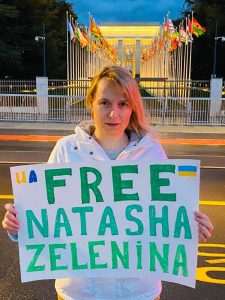 EHRA Senior Program Officer Maria Plotko spoke with chairwoman of the board of the Club ” Svitanok ” Svetlana Moroz about their study on “Access of women who use drugs to sexual and reproductive health, HIV and harm reduction services in Donetsk and Lugansk oblast”, advocacy for the rights of women who use drugs, and the situation with gender-sensitive services in Ukraine.
EHRA Senior Program Officer Maria Plotko spoke with chairwoman of the board of the Club ” Svitanok ” Svetlana Moroz about their study on “Access of women who use drugs to sexual and reproductive health, HIV and harm reduction services in Donetsk and Lugansk oblast”, advocacy for the rights of women who use drugs, and the situation with gender-sensitive services in Ukraine.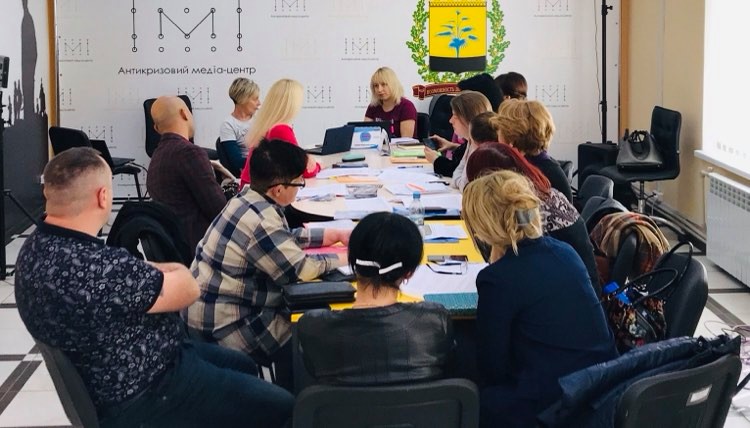
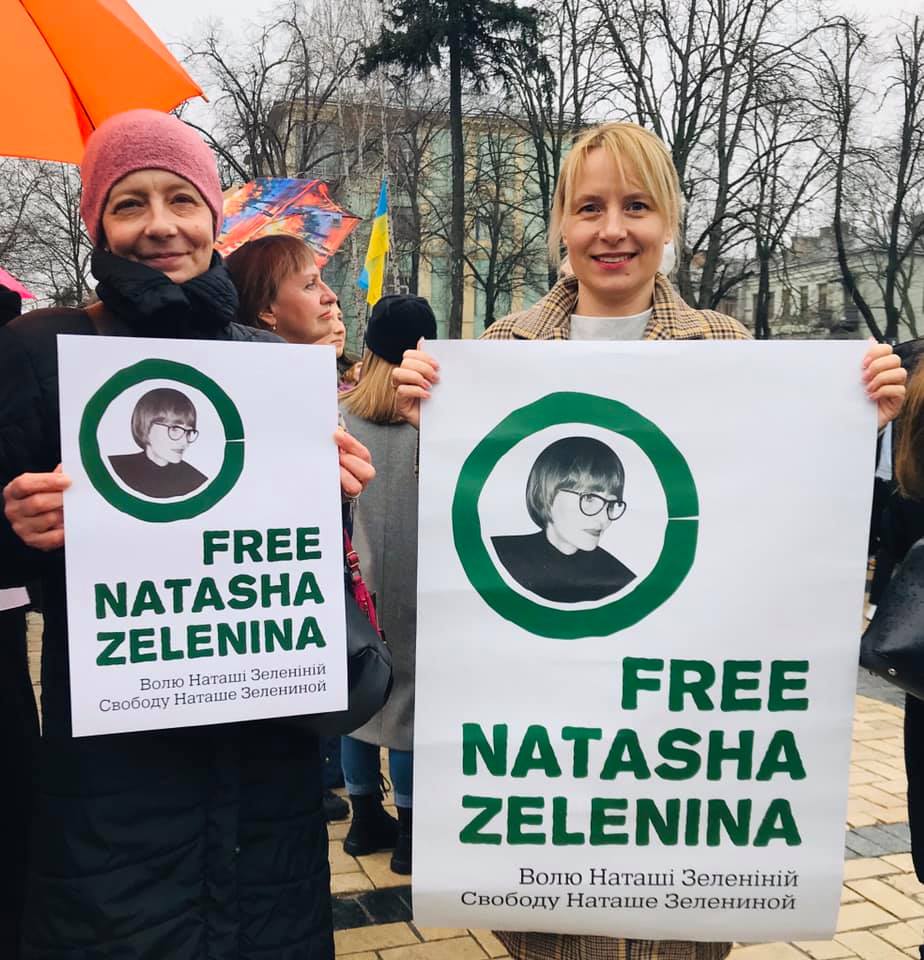
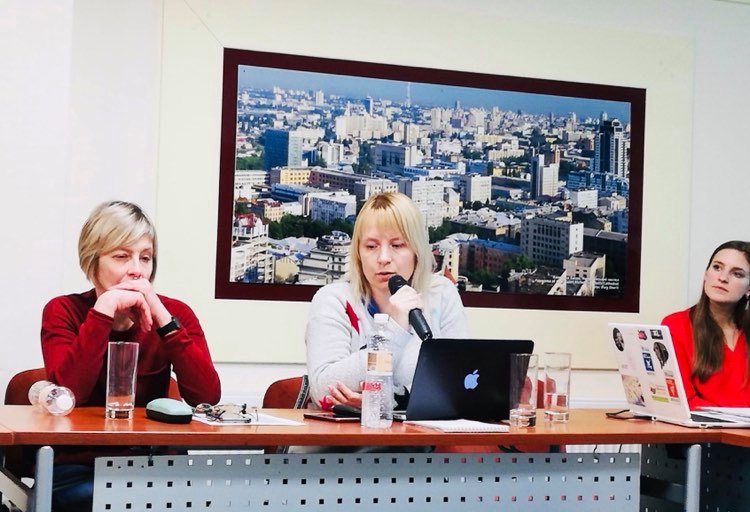
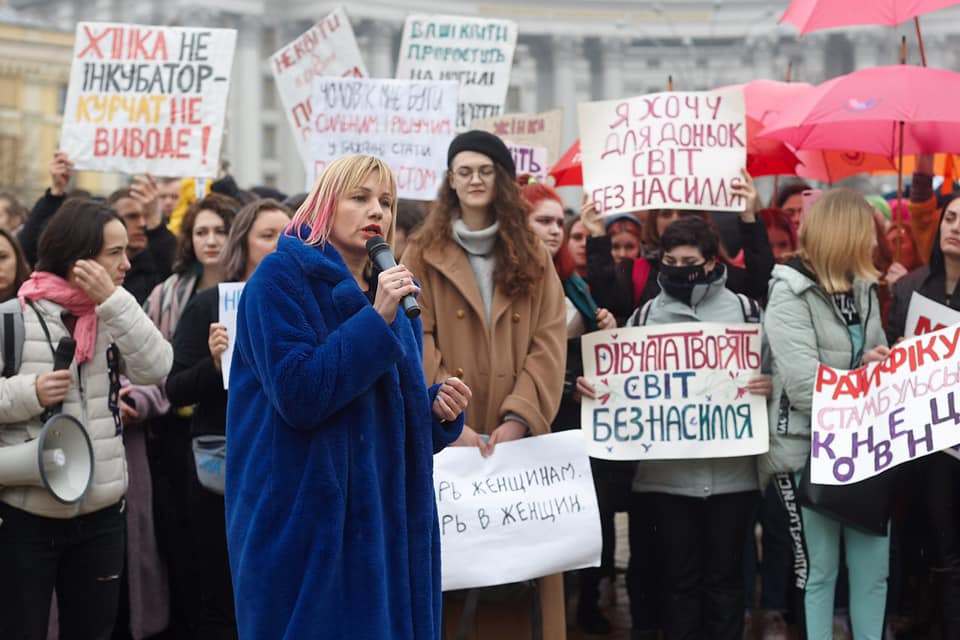
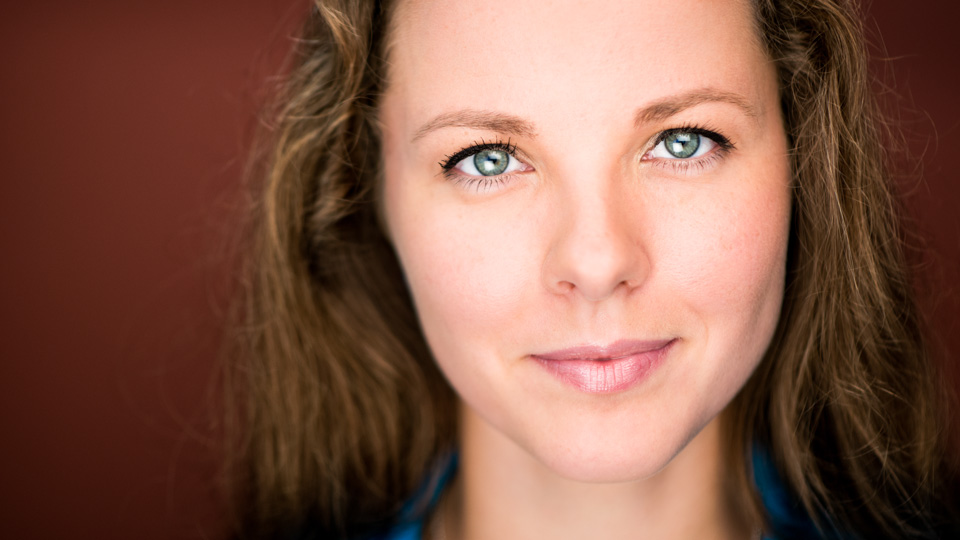
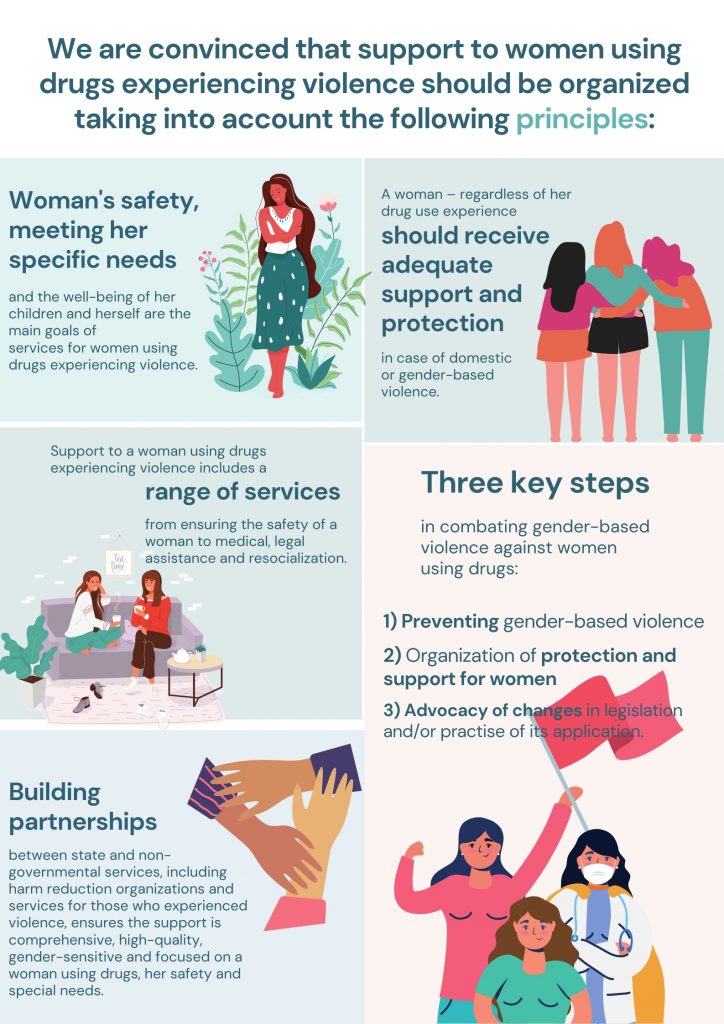

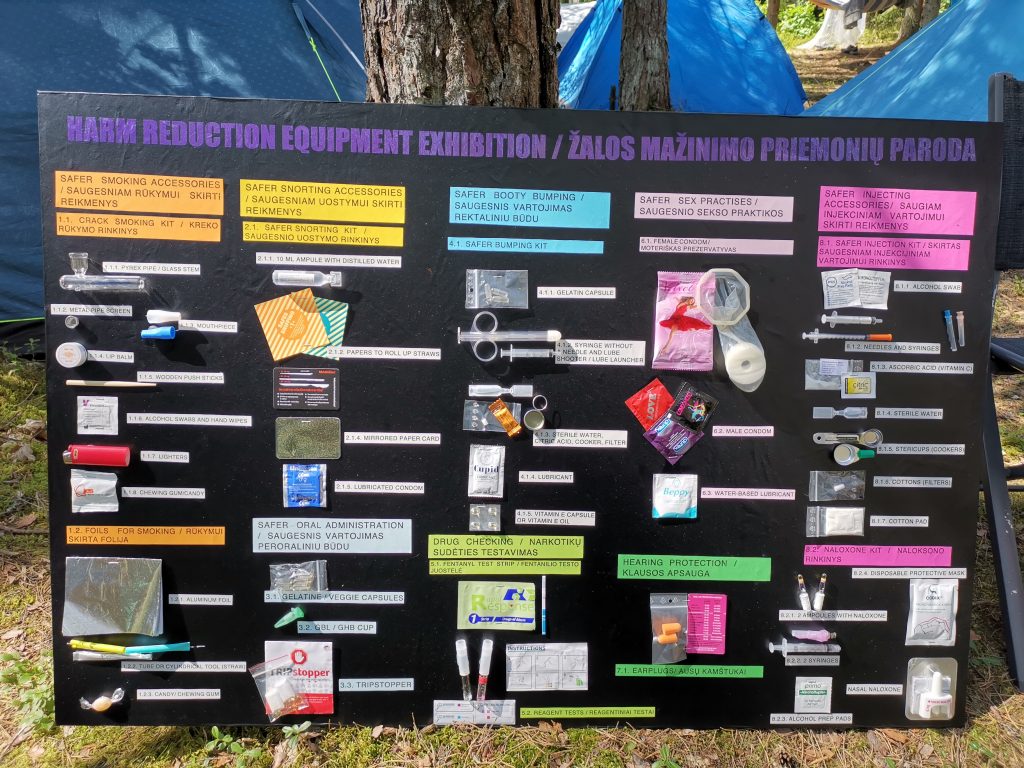
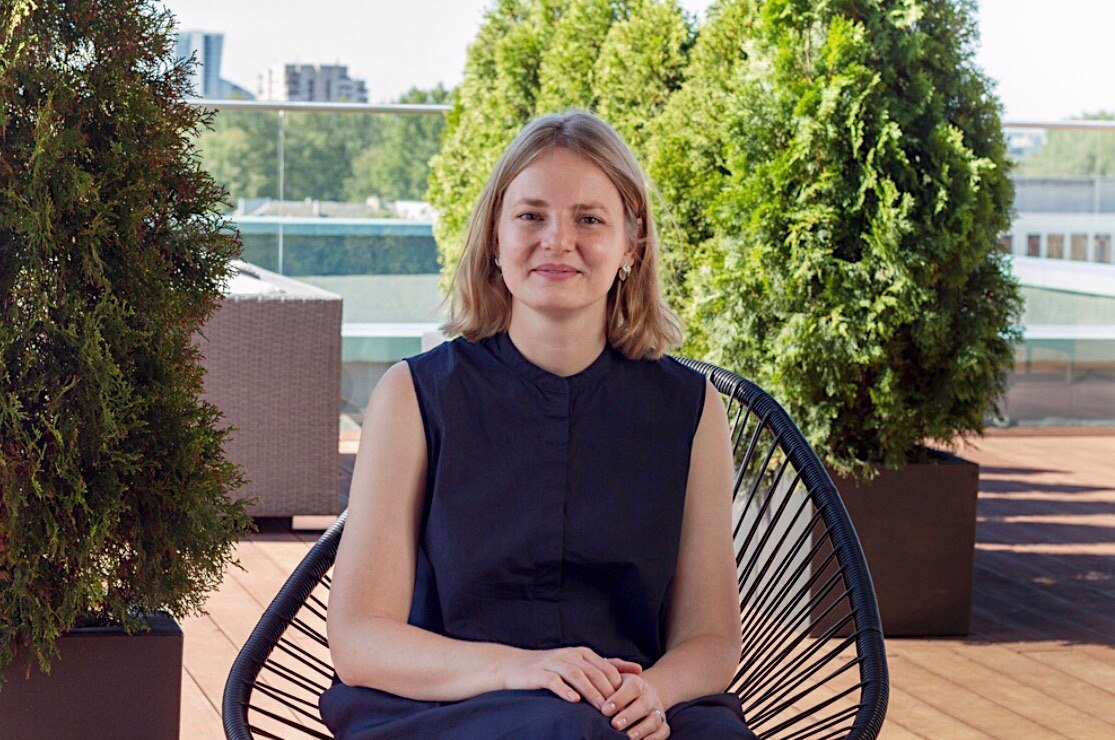

 Looking at me attentively, Stephen went on: “My country has done very well with offering OST (methadone, buprenorphine) but everyone knows more MUST be done. People need easy access and doses that are suitable to them. There will be a small ‘Heroin Assisted Treatment’ program beginning in September 2019. and in time, if it is allowed to grow, it will change so many lives for the better; IT WILL SAVE LIVES.”
Looking at me attentively, Stephen went on: “My country has done very well with offering OST (methadone, buprenorphine) but everyone knows more MUST be done. People need easy access and doses that are suitable to them. There will be a small ‘Heroin Assisted Treatment’ program beginning in September 2019. and in time, if it is allowed to grow, it will change so many lives for the better; IT WILL SAVE LIVES.” Railway station. Stephen and Nicole’s birthday present – Scottish red and green check scarf – kept me warm. Standing at the platform, we gave each other goodbye hugs, listening to our heartbeats. Making myself comfortable in my seat with a book, I realized that my eyes were constantly coming back to the yellow bracelet. The sounds of the train, its rhythmic swing combined with polite and quiet travel companions – it all gave me a chance to think why it happened like this: I had 30 years of opoiod use behind me, but Naloxone became part of the things I always consciously carry with me only three days ago.
Railway station. Stephen and Nicole’s birthday present – Scottish red and green check scarf – kept me warm. Standing at the platform, we gave each other goodbye hugs, listening to our heartbeats. Making myself comfortable in my seat with a book, I realized that my eyes were constantly coming back to the yellow bracelet. The sounds of the train, its rhythmic swing combined with polite and quiet travel companions – it all gave me a chance to think why it happened like this: I had 30 years of opoiod use behind me, but Naloxone became part of the things I always consciously carry with me only three days ago. The yellow box, which came to me from Scotland, has already renewed its stock of Naloxone and now has other helpful things as well. The last thing I got from a friend of mine were tablets, which help in case of MDMA overdose. In the center, there is a syringe with Naloxone.
The yellow box, which came to me from Scotland, has already renewed its stock of Naloxone and now has other helpful things as well. The last thing I got from a friend of mine were tablets, which help in case of MDMA overdose. In the center, there is a syringe with Naloxone.